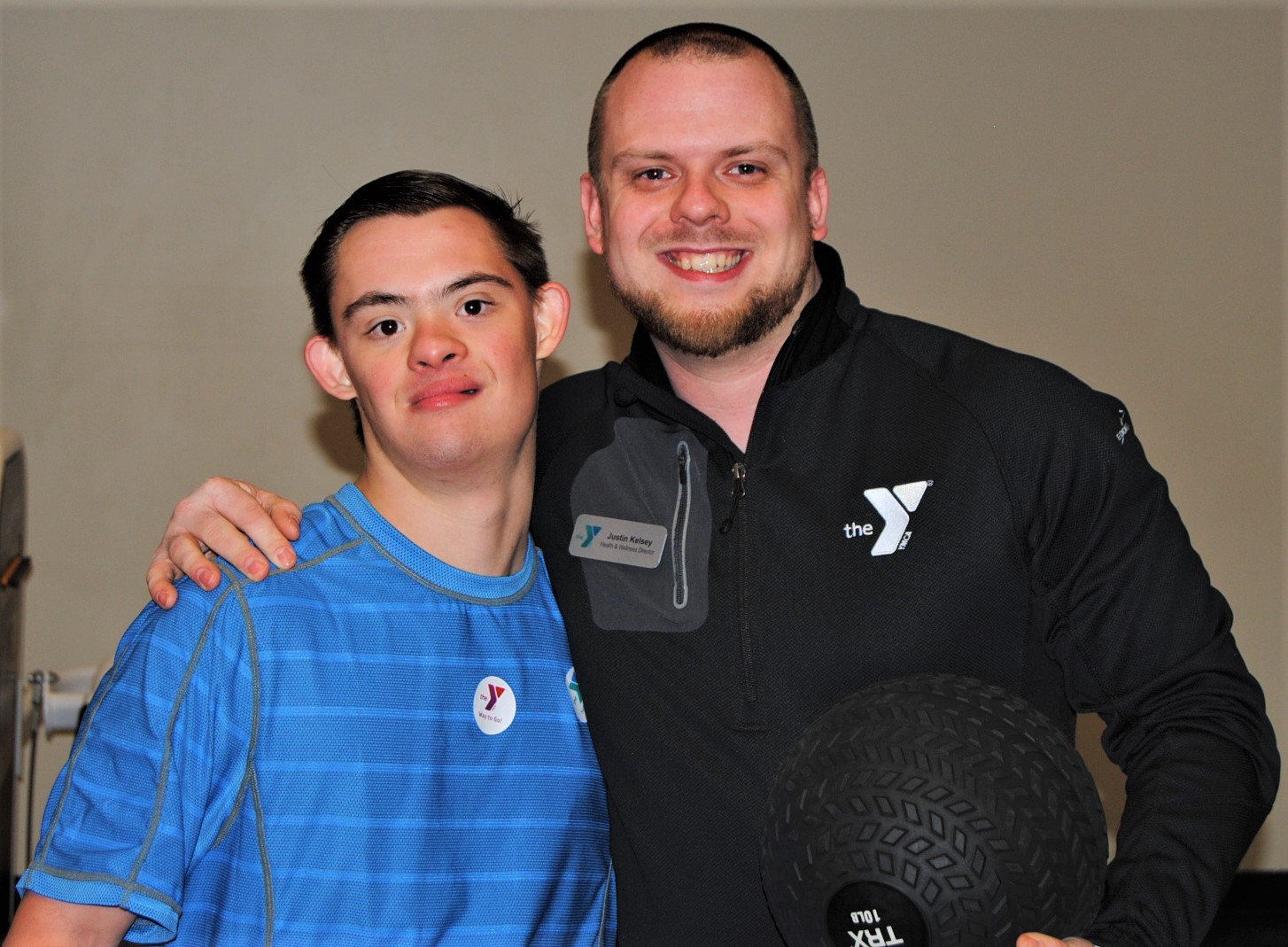
Adapting fitness to meet the needs of members with all abilities
At the Y, it is our mission to provide programs that build healthy spirit, mind, and body for people of all ages and abilities.
With grant funding from the New York State Department of Health Disability and Health Program, the New York State YMCA Foundation identifies YMCA health and wellness staff to earn their Certified Inclusive Fitness Trainer (CIFT) certification through the National Center on Health Physical Activity and Disability (NCHPAD) and the American College of Sports Medicine (ACSM).
Why Certify Inclusive Fitness Trainers?
The CIFT certification provides health and wellness professionals with the knowledge and skills that they need to uniquely design and implement individualized exercise programming to improve or maintain one’s physical ability to stay active in sports, recreation or daily activities. The CIFT certification prepares staff to work one-on-one with anyone living with a physical, sensory, or cognitive disability. Since 2016, more than 160 YMCA health and wellness staff from 11 YMCA Associations across the state have earned their CIFT Certification.
Justin Kelsey, Health and Wellness Director of YMCA of Greater Rochester’s Northwest branch, earned his CIFT certification in 2017 through the grant with the New York State YMCA Foundation and the New York State Department of Health.
Justin’s interest in pursuing the CIFT certification was initially sparked by his interactions with members at his local YMCA with development disabilities, use a wheelchair or other assistive devices. “I saw a need in our membership community and was hoping to make an impact and provide additional [physical activity] options for all,” he explained.
Justin reflected on a recent bright spot with a sixteen-year-old member at his Y:
“My favorite CIFT success story stems from a young man (age 16) that I have been training using my CIFT certification for almost two years. In the early stages of our training together, I was having a hard time accurately communicating some of the nuances of proper exercise to him, such as pace and breathing. After a few rather difficult sessions, I sat down with the young man’s mother, as well as my CIFT textbook, to look at alternative options that might help him better understand what I was attempting to explain.
After our meeting and some further research, I settled on a plan. I increased my use of simple cues saying things like “slow like a turtle” when performing the eccentric phase of a bicep curl. I discovered that he was excellent at mirroring. Therefore, I spent far less time trying to correct his form verbally and would stop him and demonstrate again and again until the motion was fluid.
The most unique thing that we did together was develop a personal flipbook with our exercises and their names to help him associates pictures with names and movements. A portion of the flipbook counted down reps and sets so he knew each exercise’s goal and how many more he had left to perform. This worked phenomenally!
After months of using the flipbook, we attempted a training session without it. The change was amazing. Even without the flipbook, this young man had processed and programmed the order, name, and how to do the exercises. Both his mother and I were blown away! He continues to amaze me as he grows up and learns more about exercise, and I am extremely thankful for all that I have learned along the way. Without having earned my CIFT certification, my knowledge of how to approach this young man and his exercise goals would have been extremely limited.”
To learn more about how your YMCA health and wellness staff can earn their CIFT certification, contact Paige Hughes at phughes@ymcanys.org